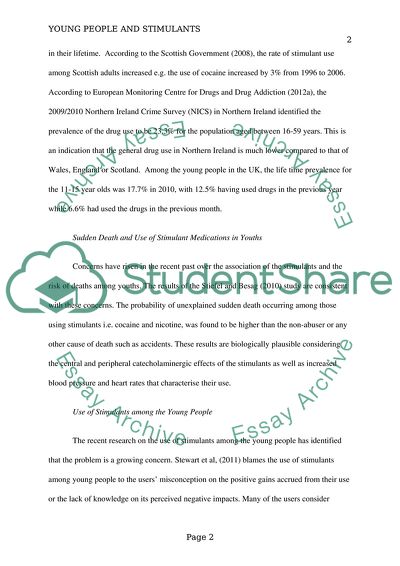Cite this document
(The Health Care Professionals: the Avenues of Promoting Drug Abuse Research Paper, n.d.)
The Health Care Professionals: the Avenues of Promoting Drug Abuse Research Paper. Retrieved from https://studentshare.org/health-sciences-medicine/1794449-drugs-and-health-in-society
The Health Care Professionals: the Avenues of Promoting Drug Abuse Research Paper. Retrieved from https://studentshare.org/health-sciences-medicine/1794449-drugs-and-health-in-society
(The Health Care Professionals: The Avenues of Promoting Drug Abuse Research Paper)
The Health Care Professionals: The Avenues of Promoting Drug Abuse Research Paper. https://studentshare.org/health-sciences-medicine/1794449-drugs-and-health-in-society.
The Health Care Professionals: The Avenues of Promoting Drug Abuse Research Paper. https://studentshare.org/health-sciences-medicine/1794449-drugs-and-health-in-society.
“The Health Care Professionals: The Avenues of Promoting Drug Abuse Research Paper”, n.d. https://studentshare.org/health-sciences-medicine/1794449-drugs-and-health-in-society.


